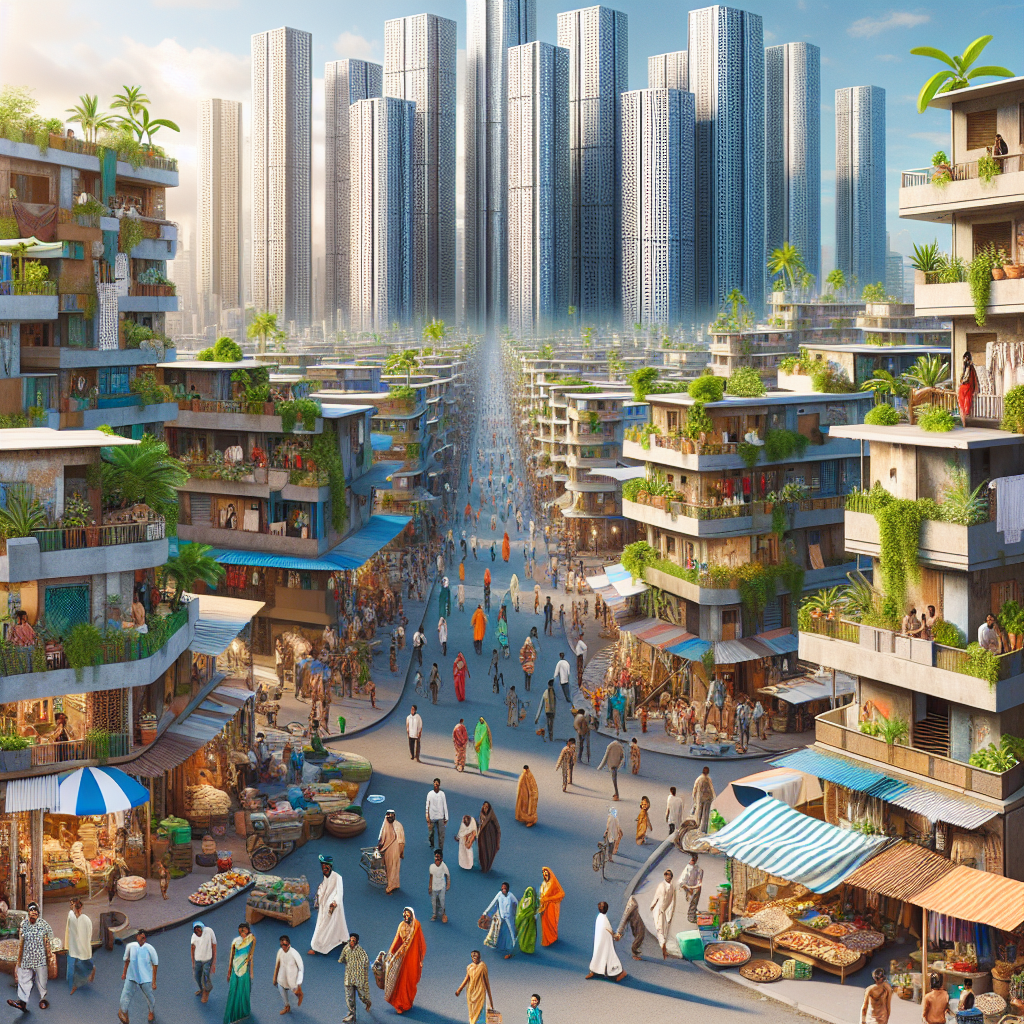Aaditya Thackeray's Stand: Dharavi's Future and Maharashtra's Unity
Aaditya Thackeray asserts that the redevelopment of Dharavi is crucial for Mumbai and Maharashtra. He criticizes the BJP's approach to redevelopment, emphasizing the need for inclusive rehabilitation for Dharavi's residents. The Adani Group executes the project, and Thackeray demands fair treatment for all displaced families.

- Country:
- India
Aaditya Thackeray, a prominent figure in the Shiv Sena (UBT), has firmly stated that the ongoing struggle to revitalize Dharavi represents a broader fight for Mumbai and Maharashtra.
Speaking to party workers amidst Dharavi's sprawl, Thackeray highlighted historical commitments made by his family for a united Maharashtra, paralleling it with today's redevelopment challenges.
Thackeray is vocal about the Dharavi Redevelopment Project, executed by the Adani Group, emphasizing the need for fair rehabilitation of its residents and critiquing the current government's approach.
The ambitious multi-billion project aims to relocate eligible residents within Dharavi, while many face relocation to other Mumbai suburbs. Thackeray suggests parallels to previous redevelopment projects, where equal housing benefits were provided to relocated families.
The former minister underscored the necessity for transparency in the government's approach, particularly for those impacted by the redevelopment, including potters, fishermen, and small industries.
Criticism was directed towards the BJP, alleging maneuvering in Mumbai's redevelopment plans. Thackeray expressed concerns over attempts to divide communities in Dharavi.
The state government's revised terms for the Mother Dairy plot, intended for auxiliary rehabilitative amenities, were also scrutinized. This development serves as a part of the larger strategy to relocate 8.5 lakh families, with significant challenges remaining.
(With inputs from agencies.)
ALSO READ
Cyber Fraud Bust: Gujarat and Maharashtra Raids Expose Massive Money Laundering Scheme
ED raids in Gujarat, Maharashtra in over Rs 100 crore worth cyber crime linked money laundering case: Sources.
Bomb Threat Hoax Shakes Maharashtra School
Navi Mumbai Teen in Hot Water Over Shocking Online Misconduct
Debate Erupts Over Language Policy in Maharashtra Schools










